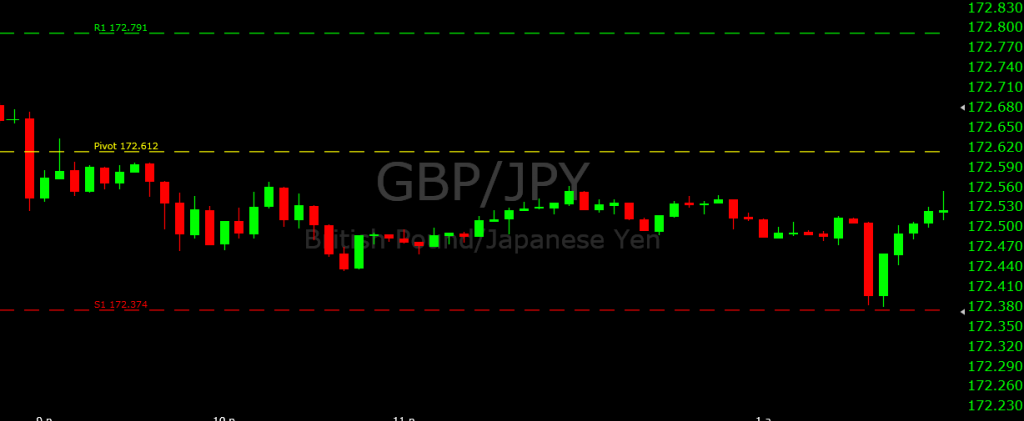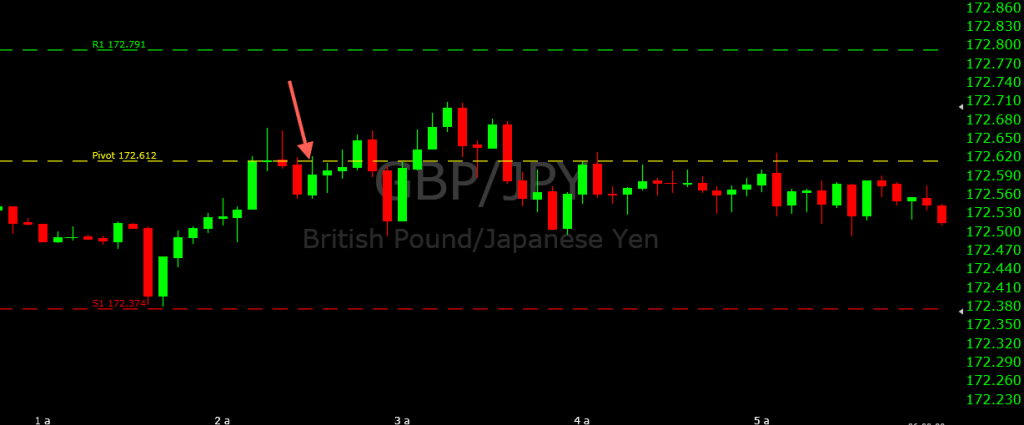A High-Probability Chart Pattern to Consider for Successful Trading
June 30, 2014
First off, I want to say that I am back to my old trading schedule. Over the past couple weeks, I’ve been trading standard U.S. mornings, but I’m back to trading European mornings for now. I’ve spoken a bit on when to trade the markets in the past, and my general opinion is to simply do it at a time most convenient for you and ideally when your mental alertness is relatively high. There is something to be said about trading at a time most in accordance with your own personality. Some traders might simply prefer the slow-motion of the market during the Asian session, while some might prefer the higher volatility during the U.S. morning hours. But either way, if you can find the time to trade only at a specific hourly range, as would be the case for most I could imagine, then that would be the most viable option.
I usually trade the EUR/USD at Boss Capital, but if I look at the chart, and the price patterns and general chart make-up look rather monotonous, I will pull up alternative pairs. In this case I brought up the GBP/JPY. As you can see in the chart below, you don’t have much to go off of in terms of recent intraday support and resistance levels being the market is still relatively quiet. There is a little bit of volatility during the hours of the Asian session as you can observe, because obviously the Japanese Yen is going to be changing hands to some extent during Asian market hours.
As I began watching the markets around 2AM EST, the GBP/JPY was moving up to its daily pivot level of 172.612. In these quieter market hours, daily pivot points can actually be quite effective in helping you determine potential points of reversal. There isn’t a whole lot of substantive intraday price history that you might rely on if you were to trade U.S. mornings, so the pivots can certainly help as a guide, even perhaps more so than they might later in the trading day from my perspective.
On the 2:10(AM EST) candle, there was an eight-pip lunge up to pivot (a large range for that trading hour). The next candle became a doji. There was a buying surge initially before sellers brought it back down to the pivot. The same exact thing was reflected on the subsequent candle. This likely meant that the pivot would hold in the short-term given that there wasn’t enough gusto in the buying movement to actually cause a full break. But false breaks are often an indication that a full breach could be in store in the future. Consequently, I felt an uptrend in this pair would be most likely, although a put option could be a realistic possibility in the very short-term.
After the two dojis, price fell back down five pips from the pivot level. This was another indication that the pivot could hold in the short-term. Based on the textbook definition, this is often called a “bearish engulfing pattern.” In terms of basic price-action teaching, this is a common reversal signal. And it is often legitimate being that it can simply be interpreted that selling has come to overwhelm the buying in the market. It’s especially true when it occurs at a place in the market where there could be a concentration of buy/sell orders – e.g., major S/R from previous price history, a whole number, daily pivot level (like the case here), a major Fibonacci retracement level, things of that nature.
Now once I see a pattern like this, I never get into the trade at the end of a candle – that is, at the end of the bearish engulfing candle – especially not in short-term binary options trading. Getting into a good price is important because the difference between a winning and losing trade is often so slight. So getting a relatively precise entry is therefore important. Accordingly, I decided that I would get into a put option trade if price would get back up to the pivot level. And relatively soon, because the false breaks could turn into genuine breaks if price retraced weakly from the pivot level. That should then be interpreted that the sellers in this market aren’t quite as strong any longer at keeping price below the pivot and buyers are likely to overwhelm at the level and thrust it to new highs. I do realize this can seem kind of complicated, but once you become familiar with the markets through lots of screen time, all this will largely become second-nature as you begin to understand market dynamics – that is, how financial markets tend to operate.
So I was able to get into this put option trade at the touch of the pivot level on the 2:30 candle. This trade won just barely.
But as you can see, despite a couple breaks above pivot, the GBP/JPY did hover below 172.612 for the next several hours. It wasn’t until 7AM EST that this pair finally broke through pivot and made new highs up to resistance 1.


